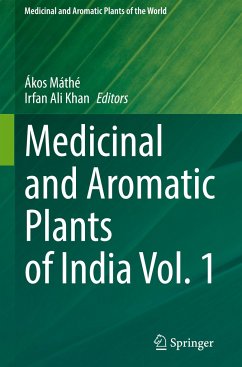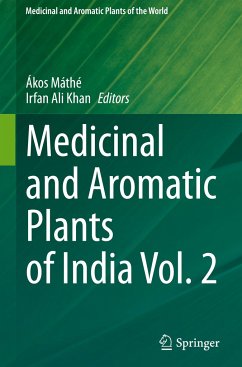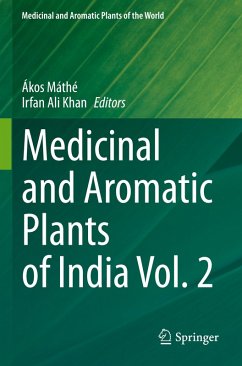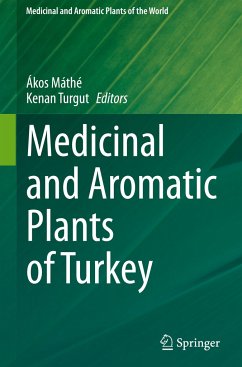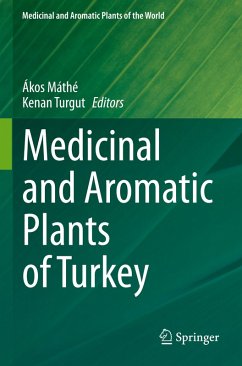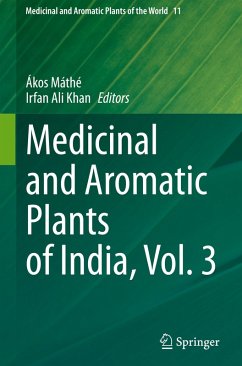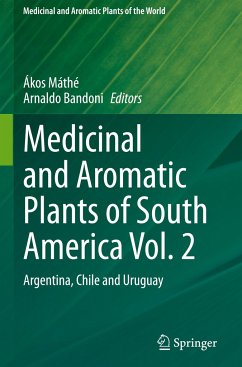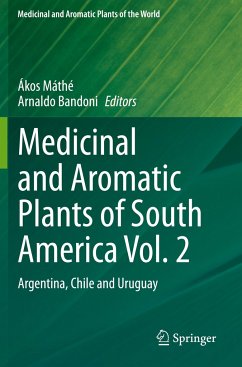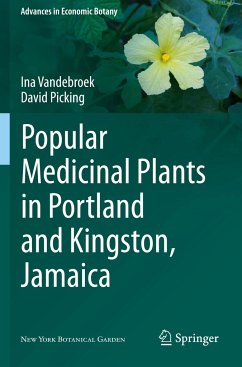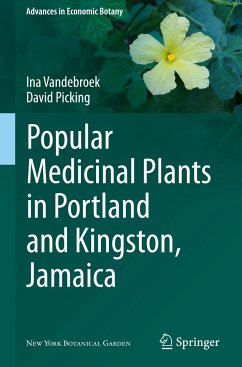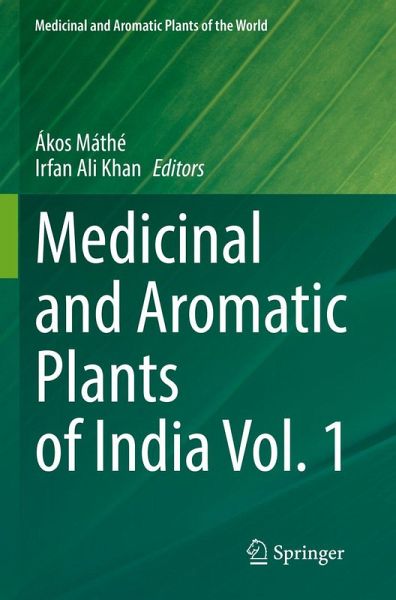
Medicinal and Aromatic Plants of India Vol. 1
Versandkostenfrei!
Versandfertig in 6-10 Tagen
136,99 €
inkl. MwSt.

PAYBACK Punkte
68 °P sammeln!
This book is the 8th volume of the popular series 'Medicinal and Aromatic Plants of the World'. Like the previous volumes, this volume is being introduced in a monographic format containing an extremely rich and diverse medicinal flora of India. Both well-known and somewhat still ignored species have been described in view of their traditional, present day and prospective uses. The scientific and technological achievements are also included aptly in this volume, together with a careful and critical consideration to our contemporary knowledge of this vast interdisciplinary domain with an Indian...
This book is the 8th volume of the popular series 'Medicinal and Aromatic Plants of the World'. Like the previous volumes, this volume is being introduced in a monographic format containing an extremely rich and diverse medicinal flora of India. Both well-known and somewhat still ignored species have been described in view of their traditional, present day and prospective uses. The scientific and technological achievements are also included aptly in this volume, together with a careful and critical consideration to our contemporary knowledge of this vast interdisciplinary domain with an Indian focus. In the era of global climate change and pandemics, building on the huge Indian traditions, this volume will make an important contribution to the better knowledge and understanding of MAPs. The Indian flora has always been recognized for its medicinal and aromatic plant values and this volume is explicitly focusing in that direction. With the rapidly expanding scope of natural nutraceuticals and herbal formulations, this book will be a fruitful acquisition for the interested readers globally.



